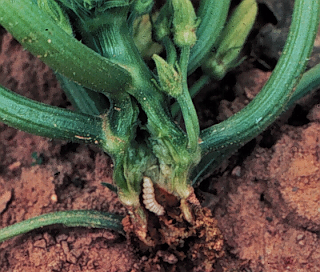Photo: ‘Sango Kaku’ coral bark maple in November
The dissected leaf forms of A. palmatum prefer morning sunlight and protection from winter wind and summer heat. Several hundred cultivars are available through local and mail order sources. Some popular cultivars grwon in the Southern Appalachian region (zones 6 & 7) are:
· ‘Tamuke yama’, ’Inaba Shidare’ (Red Select), and ‘Crimson Queen’ are weeping, red cutleaf forms
· ‘Viridis’- weeping green cutleaf to 20-25 feet
· ‘Seiryu’ – upright green cutleaf to 15 feet
· ‘Bloodgood’ – red palmate leaf to 20-25 feet
· ‘Heffner’s Red Select’ retain its red summer leaf color longer the popular ‘Bloodgood’
· ‘Butterflies’ – white variegated leaf to 12-14 feet
· ‘Sango Kaku’ and ‘Beni Kawa’ – the “coral bark maples” with red twig and trunk bark from mid- fall thru late winter.




.jpg)

